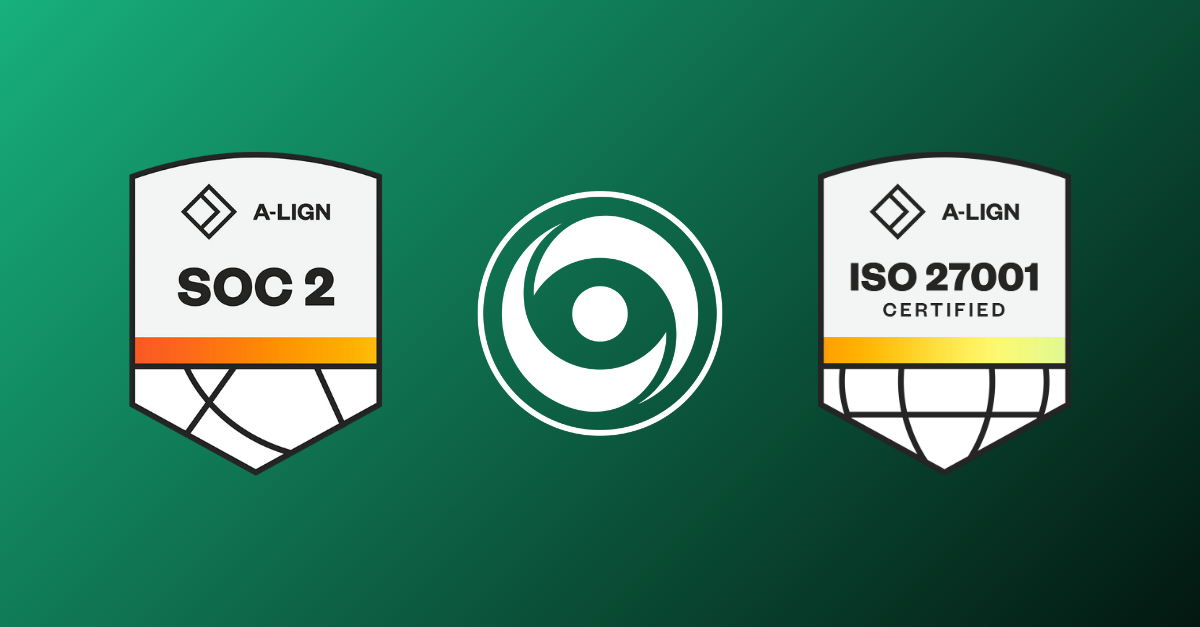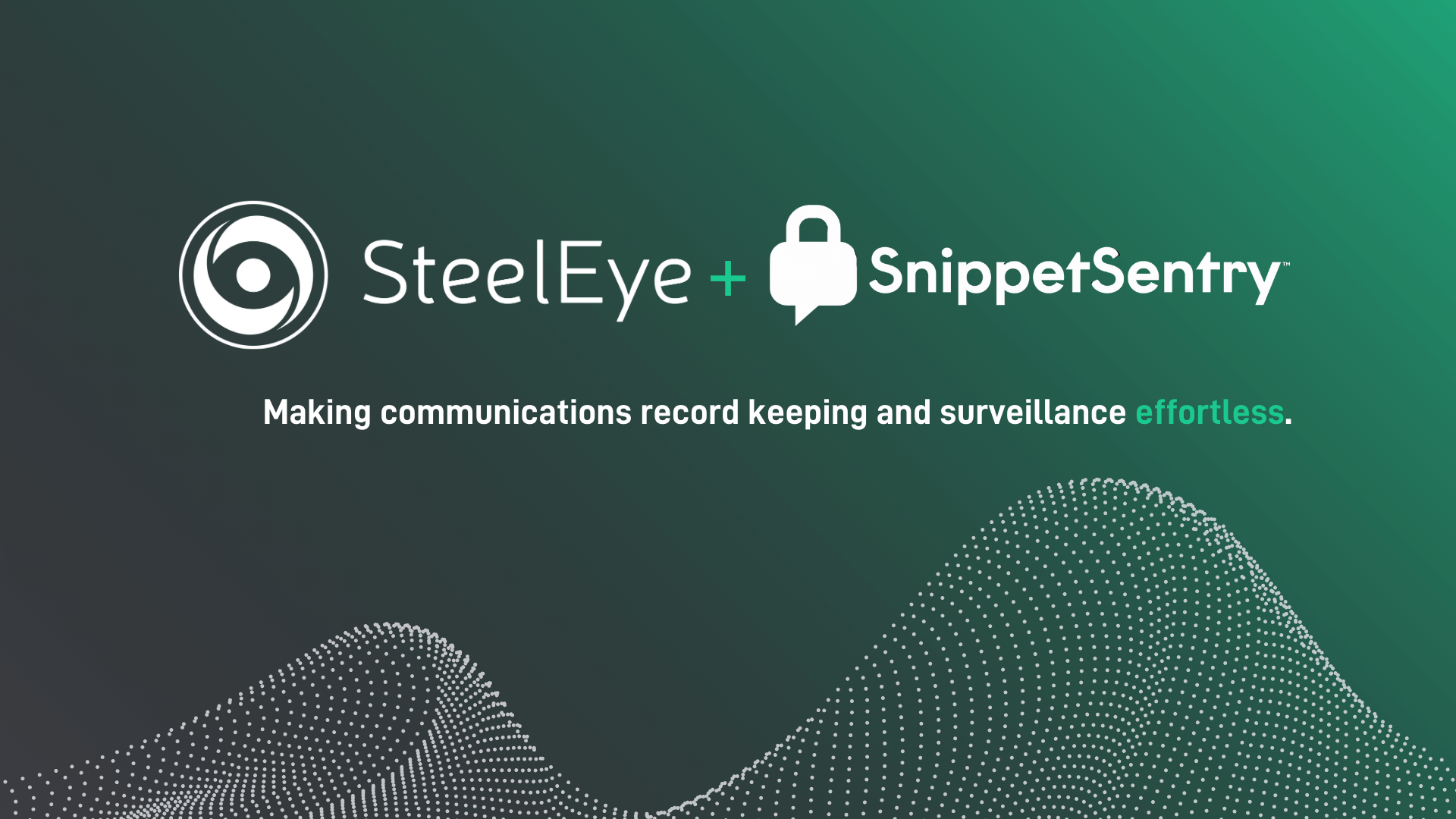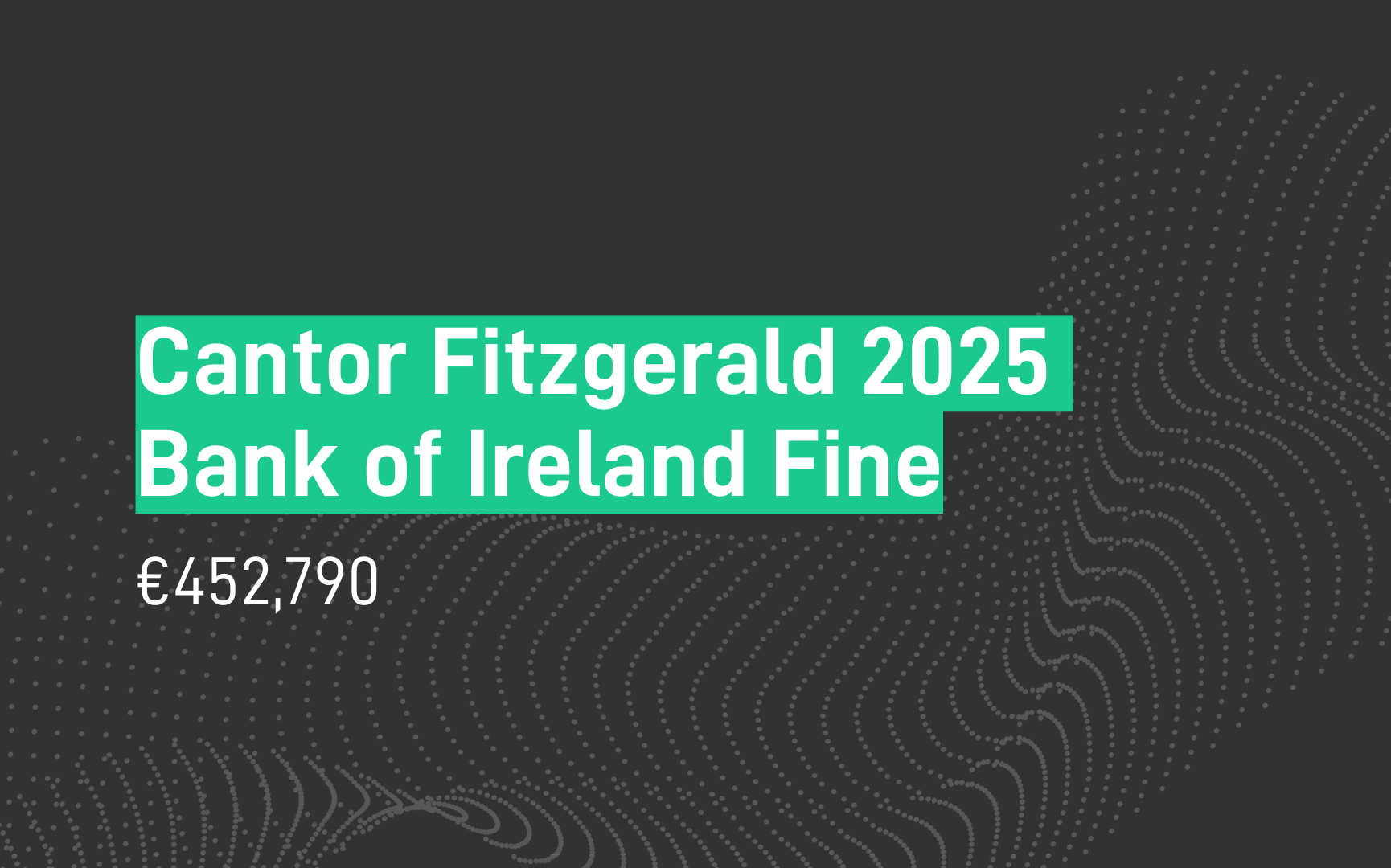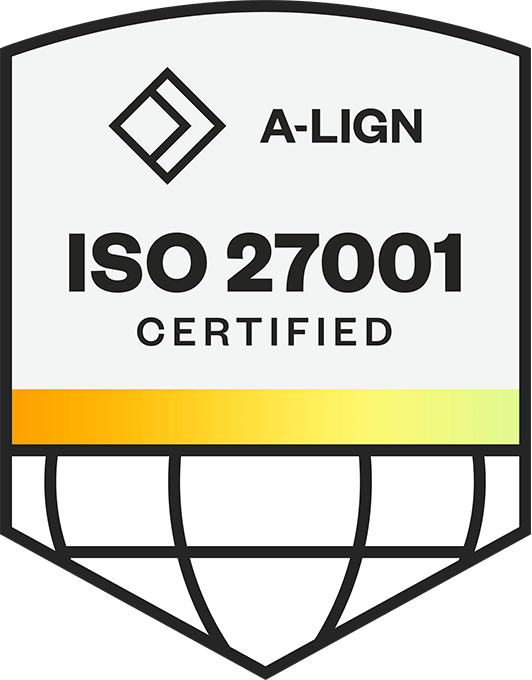The UK regulator’s attitude and expectations around supervisory oversight and market abuse surveillance are increasing, as is its apparent frustration.
At the end of last year in its Market Watch 68, the FCA stated its concern that "requirements for market abuse surveillance are still not being fully met, five years after the introduction of the Market Abuse Regulation (MAR) 2016.”
Increased pressure from the regulator and investors has pushed MAR compliance to the top of the compliance agenda, and in this article, SteelEye and GRSS look at why surveillance programs now need to meet a higher level of effectiveness.
This article is part of a two-part blog series that discusses what effective surveillance within financial services looks like.
Ineffective surveillance
Regulators want to see that firms have an effective supervisory system in place for compliance with the Market Abuse Regulation (MAR). So, what you need to ask yourself is: “if I have a system in place, how effective is it?”

When trying to explain what “effective” means we thought we could look at common practices which have been identified as ineffective. These can be grouped into the following buckets:
-
Firms that have deployed a system without customising it
Regulators generally want to see that a firm has implemented a surveillance system that is customised to its specific business activity. There is no one-size-fits-all solution when it comes to MAR compliance, and experience suggests that the regulator would show the same concern when examining a firm that has a poorly implemented system as it would in finding no system at all.
-
Firms that use an old system that hasn’t been updated/upgraded
Trading behaviours are constantly evolving, so firms' surveillance system needs to, too. Some trading behaviours that are now defined as market abuse, were once treated as legitimate trading strategies. Firms operating static searches that haven’t been updated in line with changes to acceptable market practices do not have protection against evolving risks and will be regarded in a dim light by the regulator.
Learn about five prominent market abuse behaviours firms should monitor for here.
-
Firms that are not searching for appropriate risks for their business
Financial firms need to make sure that the alerts and watches they put in place are reflective of the actual risks presented by their business and that these are updated as the business changes - whether it is due to style, new mandates, instruments, or venues. The regulator will notice if you have set up a system that fails to capture everything that you do or is designed to mislead.
Take SteelEye's surveillance algorithm applicability calculator to find out which market abuse risks your firm needs to monitor for.

All of the above issues can result in a large number of false positives, which compromises the effective management of the system – often leading to missed risks. Reviewing the system’s flags and resolving cases can often become a weekly task that is sacrificed due to lack of time.
From the regulator's point of view, having surveillance processes that are not properly implemented is seen as a red flag and a sign of the financial firm not taking their responsibilities seriously. It is the equivalent of having an excellent compliance manual that no one has read or uses.
A need for enhanced MAR compliance

Whilst many surveillance systems installed today are made ineffective due to the issues described above, the need for effective trade surveillance is more pressing than ever because of the following drivers:
-
“I am not doing it because no one is else is” is no longer acceptable
The FCA recently made it clear that while “some firms consider that their own failings can be excused by a perception that some of their peers are failing in the same way" they will not tolerate failure to comply with UK MAR because other firms are also falling short of their obligations. In addition to this, the FCA highlighted that just because they have not pursued a particular type of enforcement action in the past, it does not mean they will not do so in the future - stating "firms should not assume we will not take appropriate enforcement action."
Read more about this update in GRSS’s important observations from FCA Market Watch 68 here.
-
Increased pressure for the regulator to find and prosecute market abuse cases
MAR compliance has been identified by the UK regulator as an area of concern and is something they are going to be focussing on with heightened priority, which means increased risk of penalties and fines for non-compliance.
During the past year the FCA has educated itself regarding the MAR surveillance solutions available in the market for regulated financial firms and made significant investments into its own “SupTech” (Supervisory Technology) system which identifies suspicious activity and material.
With this investment comes the requirement to get results. Consequently, the FCA is under significant pressure to find and prosecute more market abuse cases. Additionally, through its new “data-centric” approach, the FCA is much better at evaluating the approach firms are taking to market abuse surveillance which will lead to increased enforcement action, growing attention on transaction reporting data, and an intensified focus on trade surveillance infrastructure.
Learn more about the impact of SupTech in SteelEye article: “Are firms falling behind regulators in spotting market abuse?” here.
-
Increased focus on eComms surveillance, intensified by Covid
The increased use of eCommunciations platforms like WhatsApp was already on the regulators radar before Covid-19 made surveillance increasingly more challenging due to difficulties around digital communications compliance. However, the pandemic has put the concern around how firms capture and monitor messaging, video, and encrypted platforms like WhatsApp at the top of the agenda, particularly with the move to hybrid working models. As a result, firms also need to improve their communications surveillance processes and procedures to enhance their MAR compliance.
-
Pressure from investors
Finally, investors are also joining the regulator in showing more interest in their managers’ surveillance capabilities. Investors want to see that their managers are operating responsibly.

These are just a handful of the drivers that are increasing the pressure on firms when it comes to MAR compliance. Compliance teams that continue to ignore their UK MAR compliance obligations will find themselves in a position of increased risk, especially as the FCA upskills its own technology platform to better identify financial crime and market manipulation among the firms it regulates.
Now is the time for firms to think about upgrading their surveillance capabilities, and in our next blog we will be looking at how firms can address these pressures and improve their UK MAR compliance.
Authors:
.png?width=136&name=Mark%20P%20(round).png)
Mark Pflitsch
Head of Sales
SteelEye
|

Sarah Donnelley
Head of Sales
GRSS
|

SteelEye provides a futureproofed and modern technology platform for effective market abuse surveillance.
In an environment of ever-increasing demands on compliance officers, where there may not be enough hours in the day to ensure effective compliance, SteelEye works closely with GRSS who can offer assistance in the following ways:
Contact GRSS if you would like to discuss any of this further






.png?width=136&name=Mark%20P%20(round).png)








